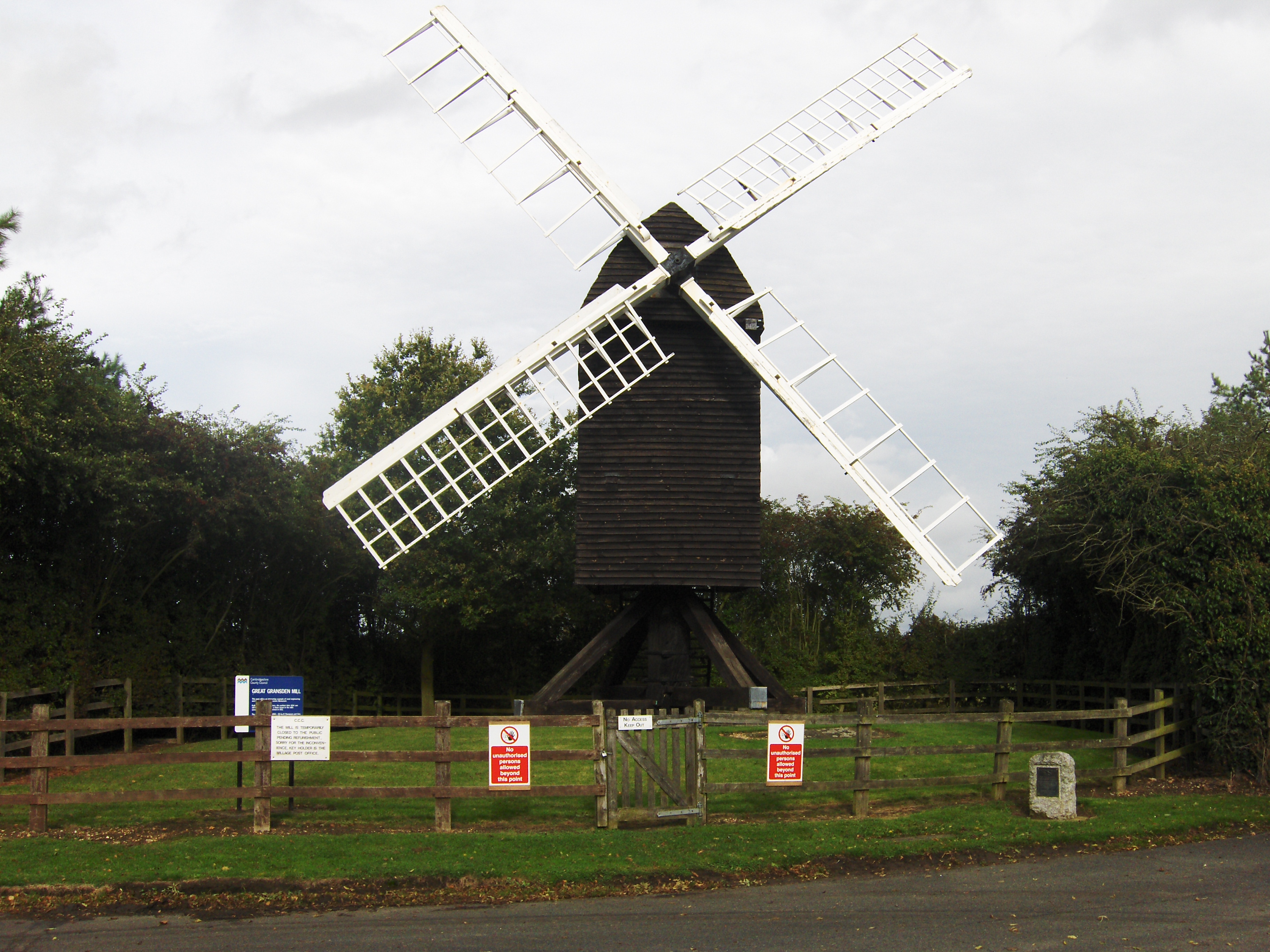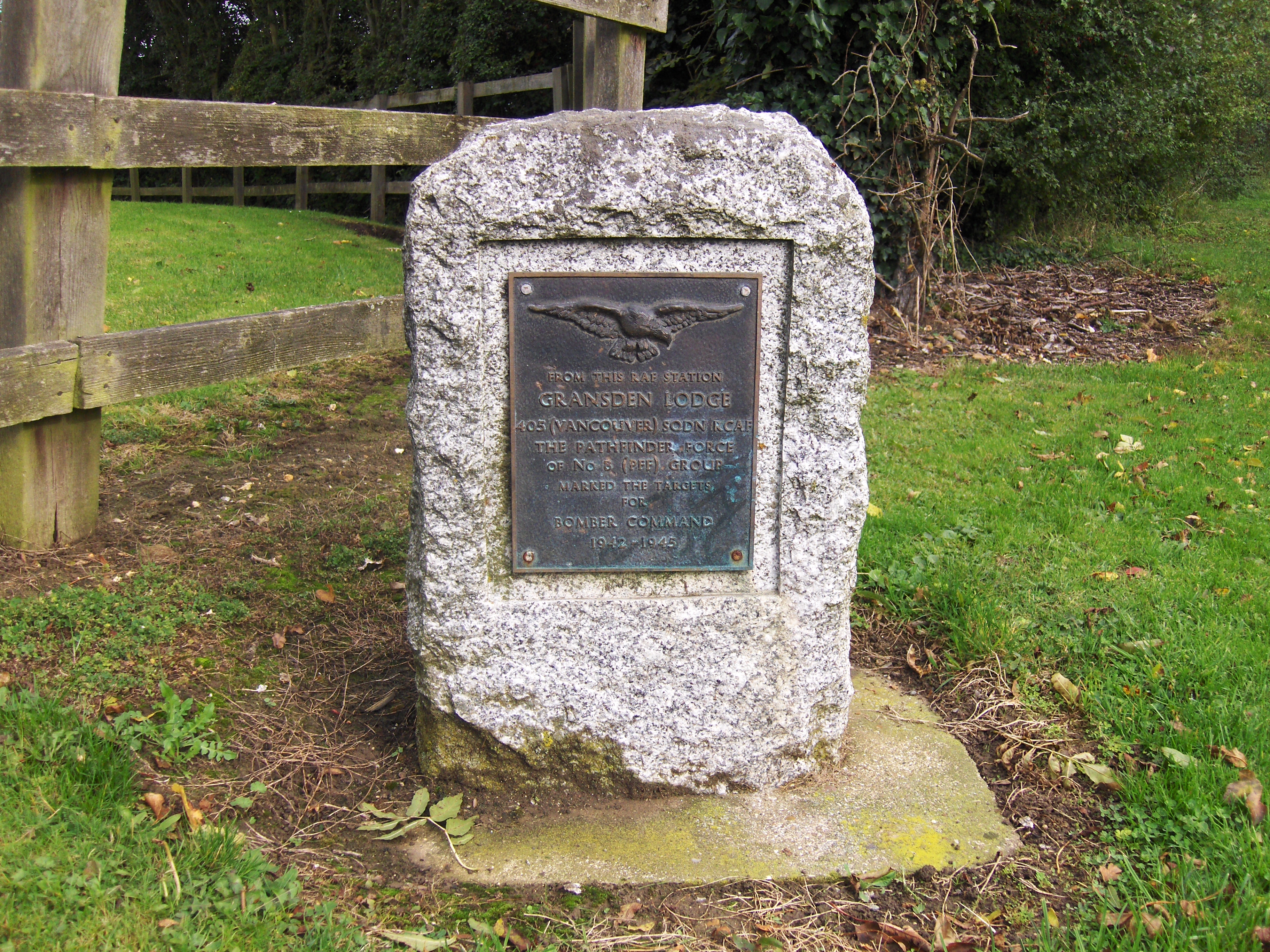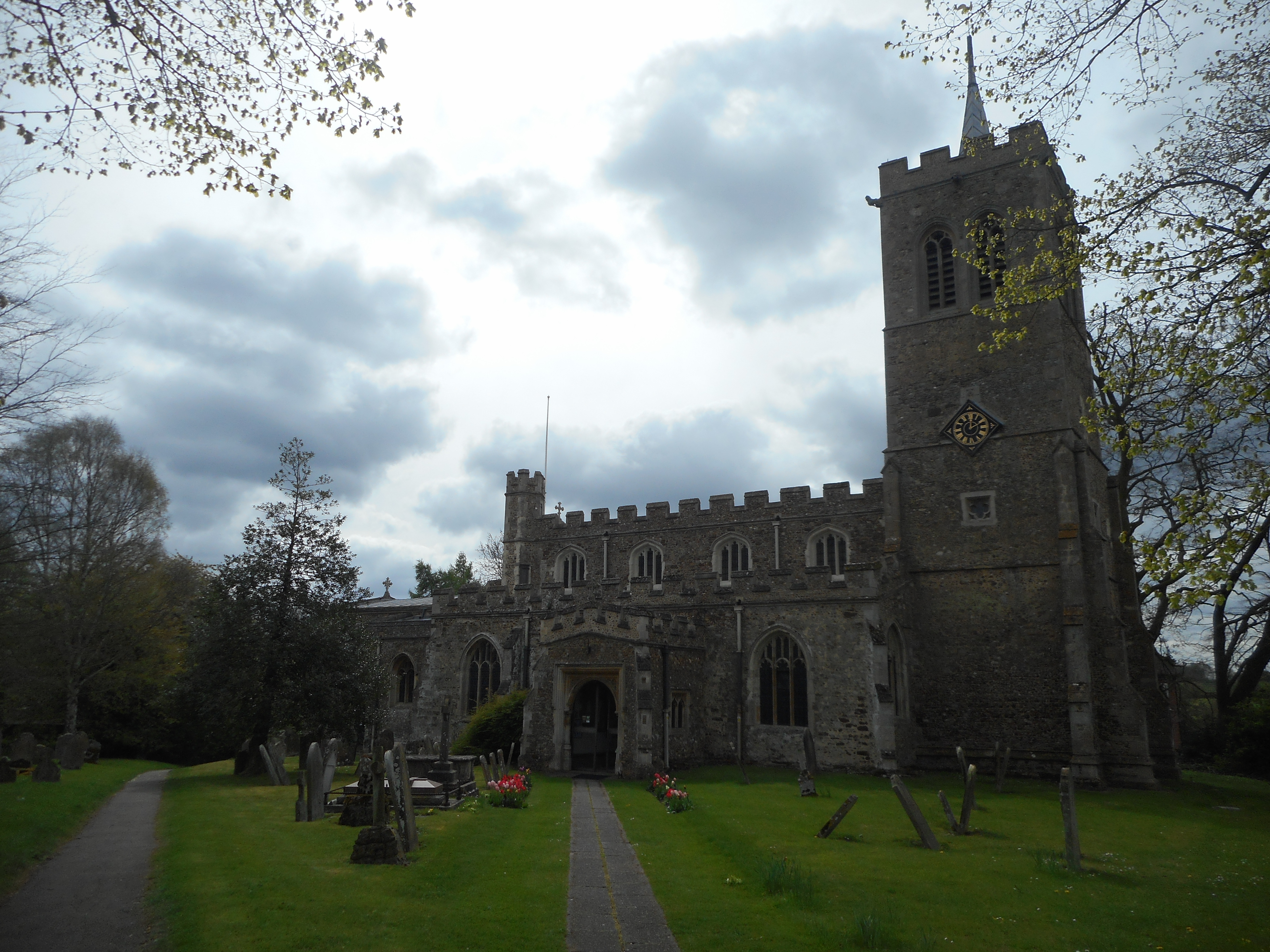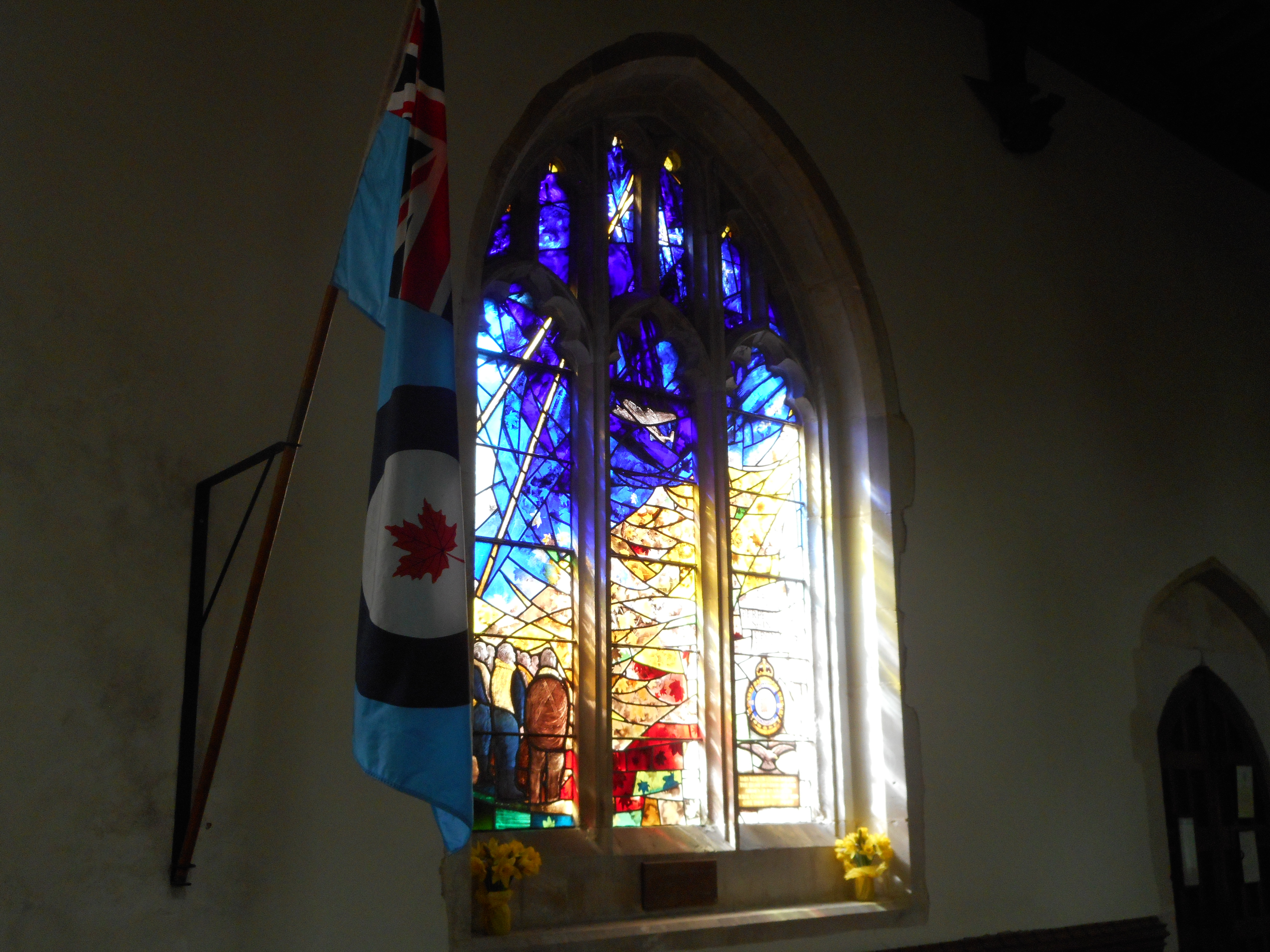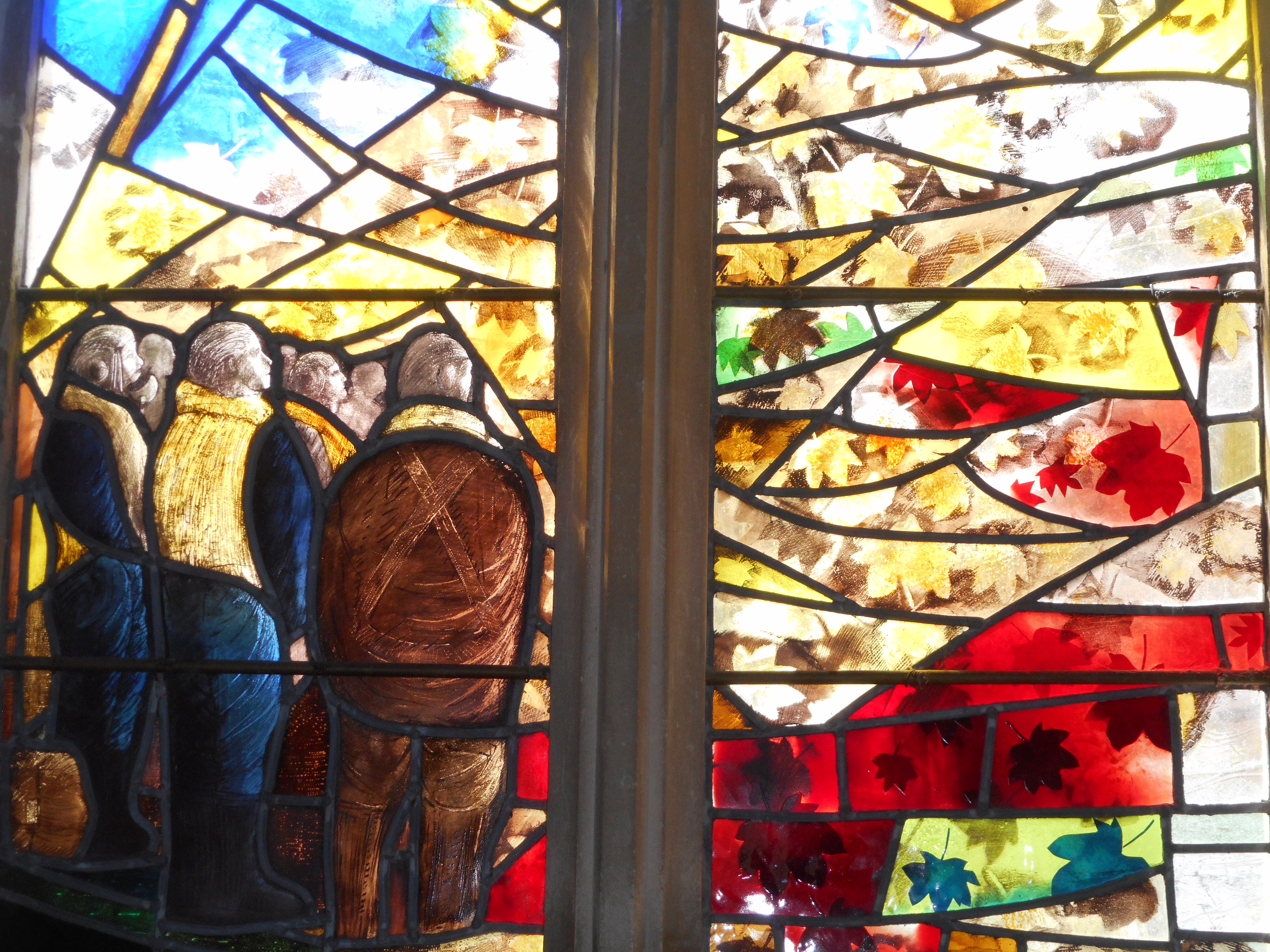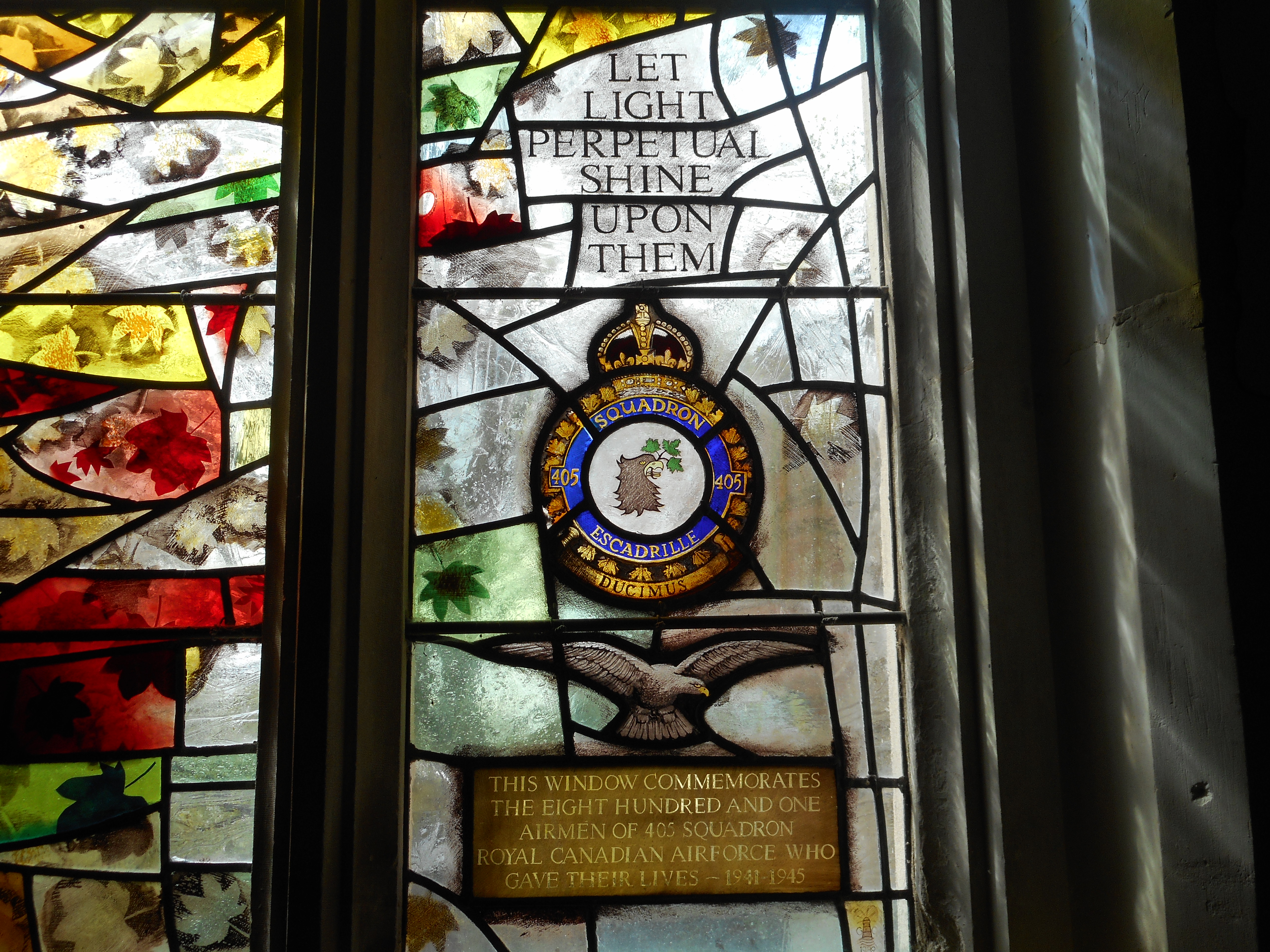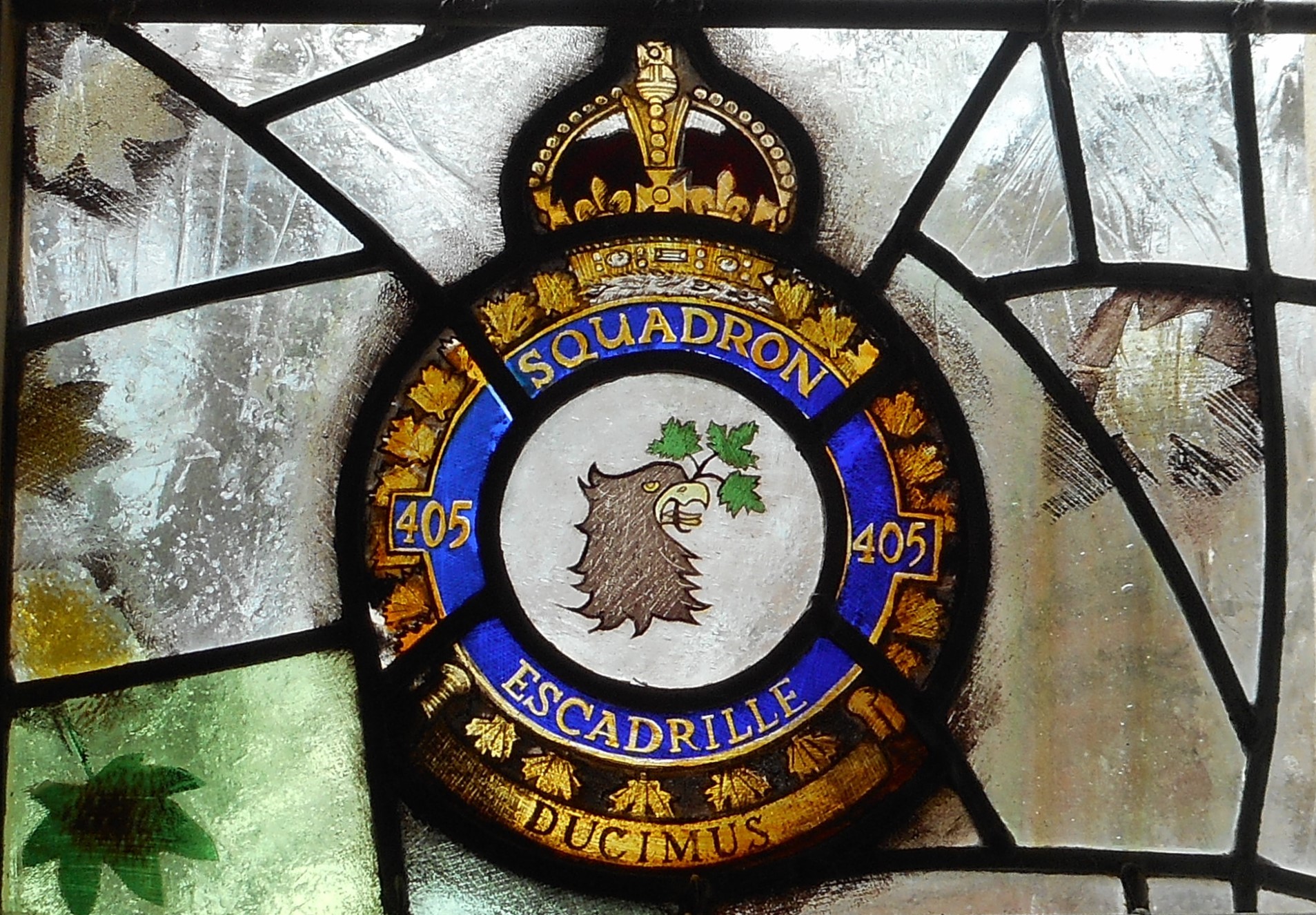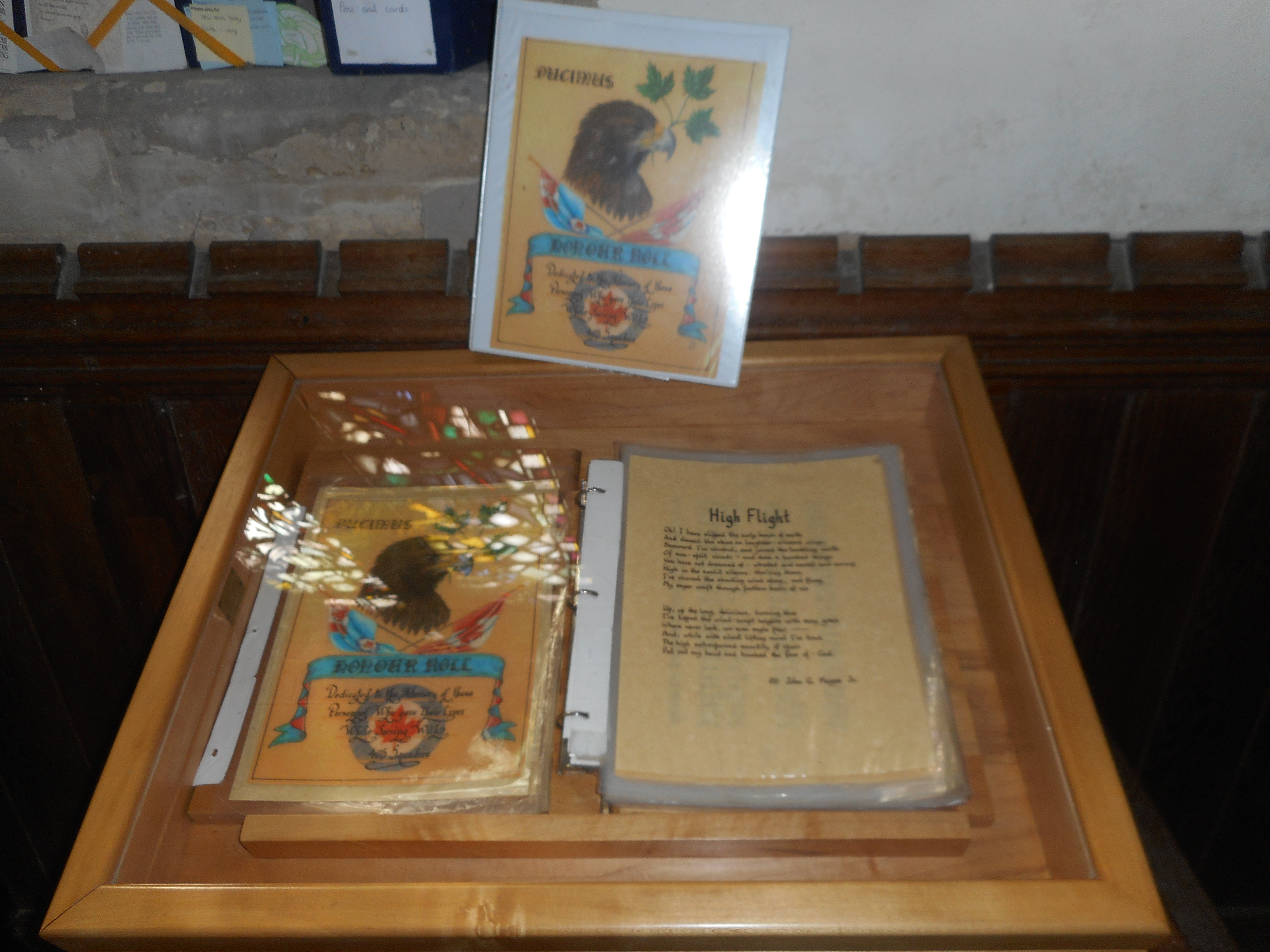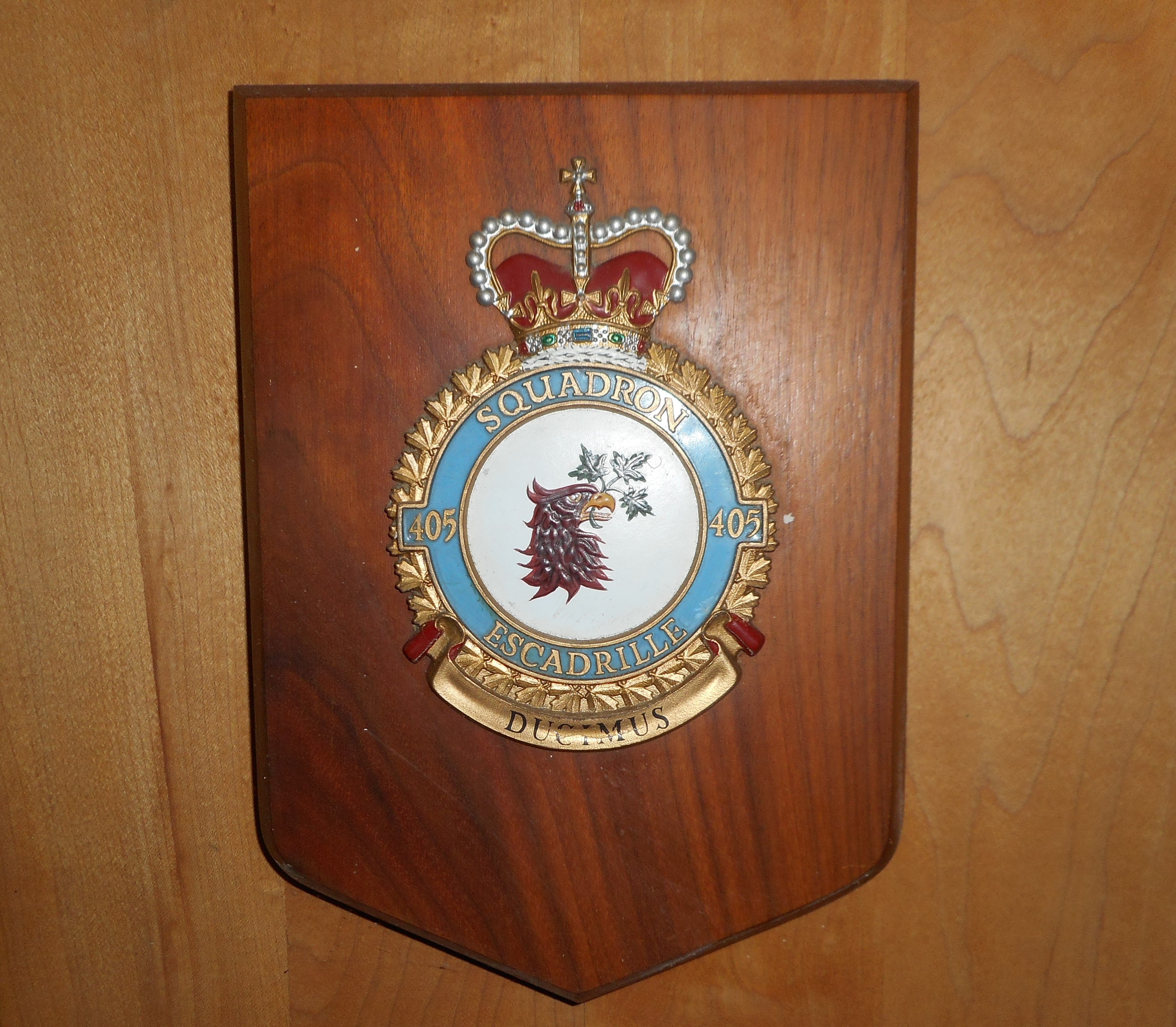Speyer, Lloyd George
Personal Information
| Rank | F/O |
| Forename(s) | Lloyd George |
| Surname | Speyer |
| Gender | M |
| Age | 20 |
| Date of Death | 21-01-1944 |
| Next of Kin | Son of Boris and Etta Speyer, of Toronto, Ontario, Canada. |
Aircraft Information
| Aircraft | Avro Lancaster III |
| Serial Number | JB188 |
| Markings | LQ-S |
Memorial Information
| Burial/Memorial Country | Germany |
| Burial/Memorial Place | Berlin 1939-1945 War Cemetery |
| Grave Reference | 8. H. 27. |
| Epitaph | BELOVED. EVER IN OUR HEARTS |
IBCC Memorial Information
| Phase | 2 |
| Panel Number | 246 |
Enlistment Information
| Service Number | J/16300 |
| Service | Royal Canadian Air Force |
| Group | 8 |
| Squadron | 405 (Vancouver) |
| Squadron Motto | Duicmus (We lead) |
| Trade | Navigator |
| Country of Origin | Canada |
Other Memorials
| Location | Adjacent to Village Windmill, Mill Rd, Great Gransden, Cambridgeshire |
| Country | United Kingdom |
| Memorial Type | Memorial Stone with inscribed Metal Plaque |
| Memorial Text | Remembering 405 (Vancouver) Sqn. PFF at Gransden Lodge 1942 - 1945 |
| Location | St. Bartholomew's Church, Great Gransden, Cambridgeshire |
| Country | United Kingdom |
| Memorial Type | Stained Glass Window, RoH and inscribed metal plaque |
| Memorial Text | Commemorating the 801 airmen of 405 Sqn. RCAF who gave their lives 1941 - 1945 |
| Location | Pocklington Gliding Club, Pocklington Airfield, East Yorkshire |
| Country | United Kingdom |
| Memorial Type | Marble Pillar and inscribed metal plaque |
| Memorial Text | In memory of 102 (Ceylon) and 405 (Vancouver) Sqns. Pocklington Airfield |
Commonwealth War Graves Commission
The National Archives
| Record of Events (Operational Record Book) AIR 27/1789/2 |
| Summary of Events (Operational Record Book) AIR 27/1789/1 |
Fellow Servicemen
Please note that this list gives all the losses aboard the quoted aircraft and occasionally these may have occurred on an earlier date when the aircraft was not itself lost. Please check the dates of death carefully.
Last Operation Information
| Start Date | 21-01-1944 |
| End Date | 22-01-1944 |
| Takeoff Station | Gransden Lodge |
| Day/Night Raid | Night (18% moon) |
| Operation | Magdeburg- the first major raid on this target. 648 aircraft, 57 losses (8.8%). The Halifax loss rate was especially high at 15.6%. The German controller tracked the bomber stream across the North Sea and many night-fighters were already in the stream before it reached the German coast (using the newly developed Tame Boar methodology). The controller was slow in identifying Magdeburg as the target but this was of little consequence as the fighters were able to stay in the stream for the duration of the approach. Despite the high loss rate, this was not a successful attack. Stronger tail winds than anticipated placed some of the stream over the target before Zero Hour and dropped their bomb load anyway, making the target marking much less effective. German decoy markers exacerbated the situation. No local report is available but it is thought that most of the bombs fell outside of the city. |
